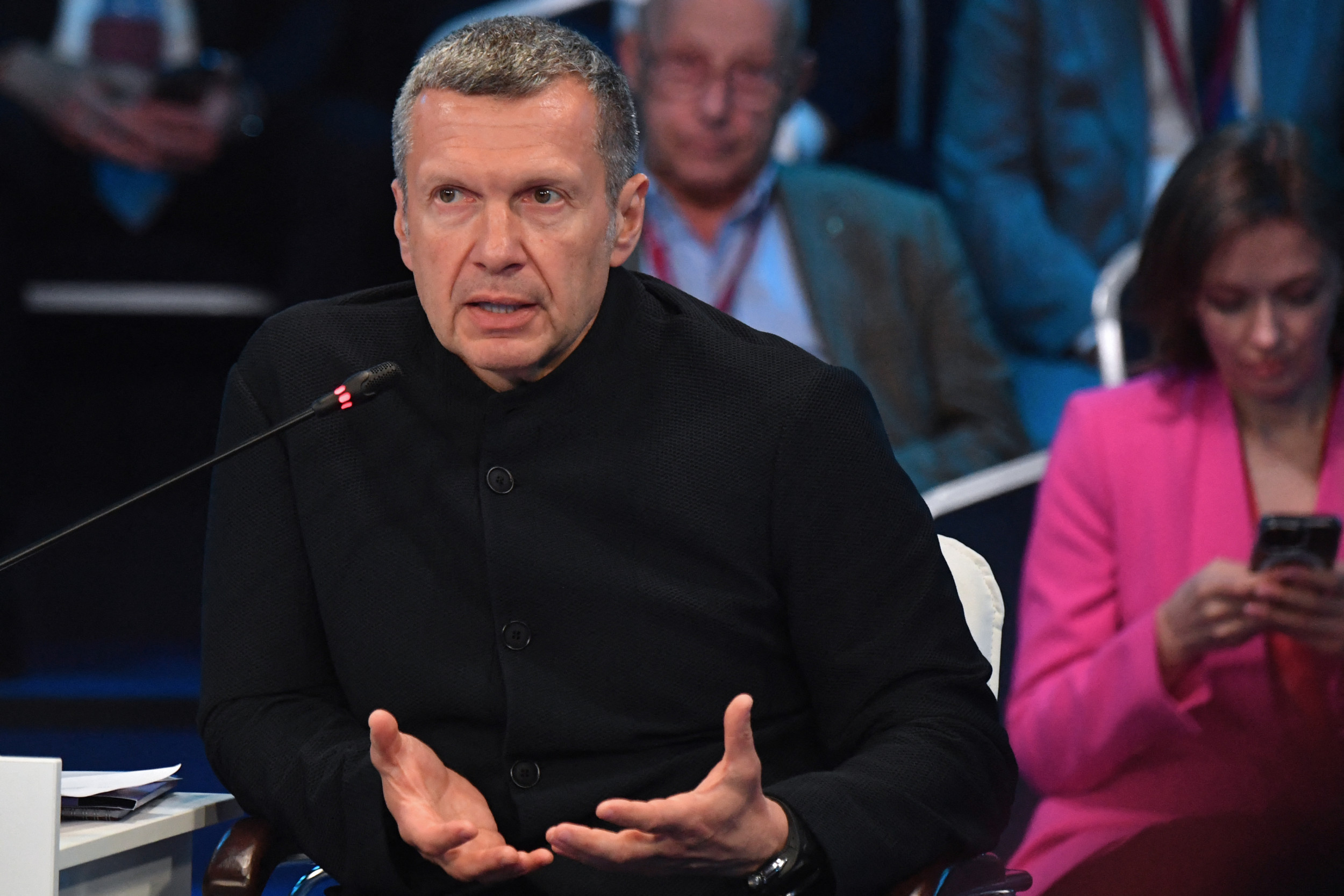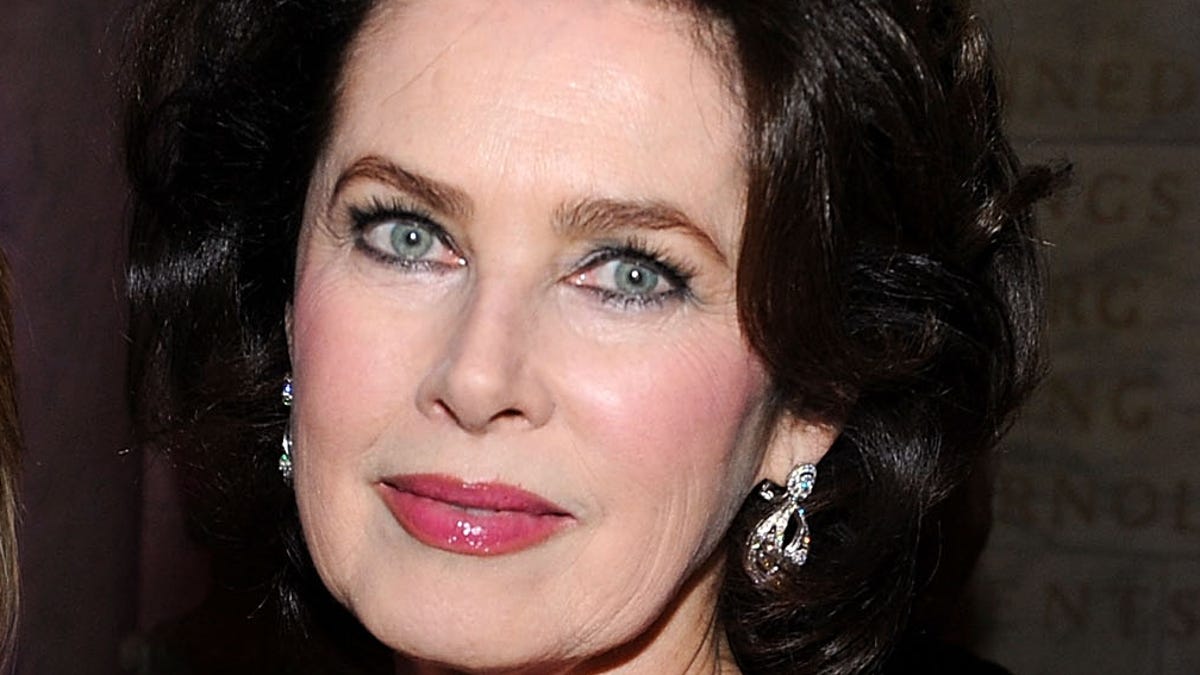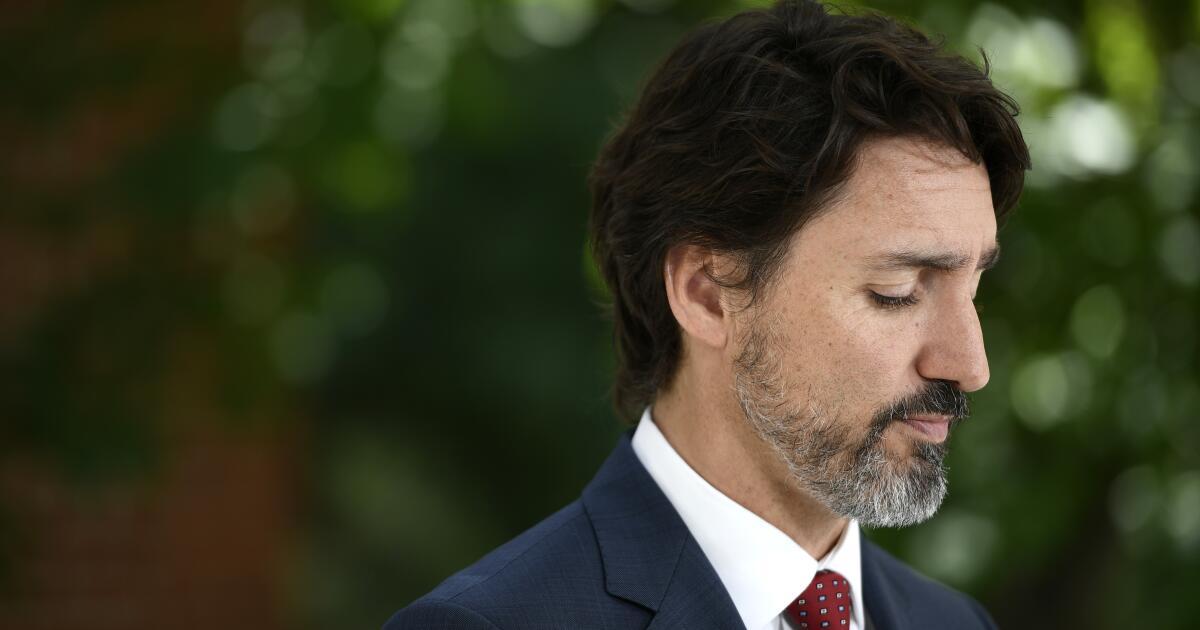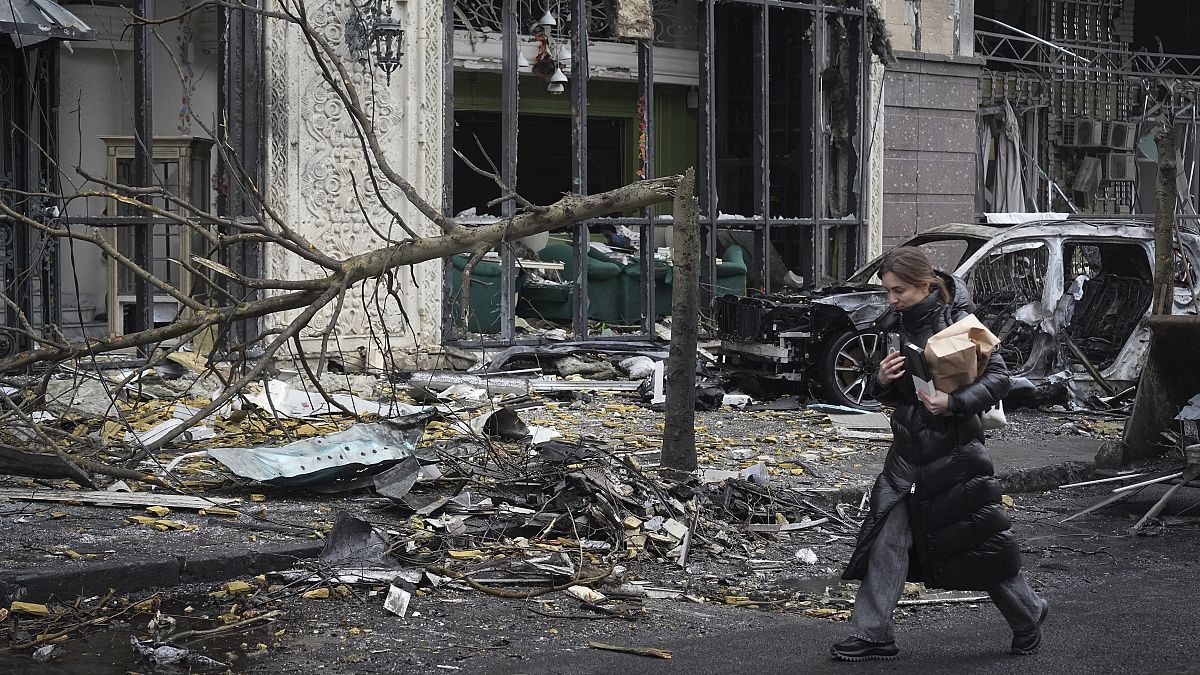World
A first-time filmmaker makes a mark in Cannes competition with a Senegalese drama

CANNES, France (AP) — Most filmmakers in the Cannes Film Festival’s top-rung competition lineup are well-known directors who have been around for decades. One dramatic exception this year is Ramata-Toulaye Sy, a French-Senegalese filmmaker whose first film, “Banel & Adama,” landed among the 21 films competing for the Palme d’Or.
“It’s only now that I realize that being in competition means being in a competition,” Sy said, laughing, in an interview shortly after “Banel & Adama” premiered in Cannes. “Now that we’re really in the middle of it, I realize there’s a lot of passion going around.”
Sy, 36, is the sole first-timer in Cannes’ main lineup this year. She is also only the second Black female director to ever compete for the Palme, following Mati Diop, also a French-Senegalese filmmaker, whose “Atlantics” debuted in 2019. For the Paris-raised Sy, it’s not a distinction of significance.
“I’m a filmmaker and I really wish we stopped being counted as women, as Black or Arab or Asian,” said Sy.
In “Banel & Adama,” also the only Africa-set film competing for the Palme this year, Sy crafts a radiant and languorous fable tinged with myth and tragedy.
Banel (Khady Mane) and Adama (Mamadou Diallo) are a deeply in love married couple living in a small village in northern Senegal. In their intimate romantic idyll, they wish to pull away from the local traditions. Adama is set to become village chief but is uninterested in doing so. Banel dreams of living outside the village, in a home buried under a mountain of sand.
While Banel and Adama slowly work to sweep away the sand, their yearning to live on their own causes angst in the village, especially when a draught arrives that some take as a curse for their independence. Though often opaque, the film stays largely with the psychology of Banel, whose single-mindedness grows increasingly dark.
“I was quite reluctant at the start to acknowledge that Banel is me,” says Sy. “Now I have to confess that it’s definitely me. I see myself, my questions, my struggle in her journey. How to do become an individual inside a community is really my own question.”
Sy began writing “Banel & Adama” in 2014 as a student at La Fémis, the French film school. Sy, the daughter of Senegalese immigrants, says she was first drawn to literature. Novels like Toni Morrison’s “Sula” and Elena Frenate’s “My Brilliant Friend” inspired “Banel & Adama.”
“The love story was a pretext for to deal with myth,” she says. “I wanted to have this kind of mythological female character that you find in Greek tragedy.”
Sy co-wrote Atiq Rahimi’s “Our Lady of the Nile” and Çagla Zencirci and Guillaume Giovanetti’s “Sibel” — both of which played at international festivals. Her first short film, “Astel,” was well-received.
But little prepared her for the stresses of shooting in rural Senegal. Along with heat, sandstorms and bouts of illness among the crew, Sy struggled to find her Banel. In the end, she found Mane while walking around.
“We had all the cast except for her. We started five months before shooting and one month before shooting we still didn’t have her. One day I was walking down the street and my eyes locked on this girl,” says Sy. “It was the way that she looked at me. Her gaze had something a bit wise and a bit crazy.”
___
Follow AP Film Writer Jake Coyle on Twitter at: http://twitter.com/jakecoyleAP

World
Plane veers off runway and crashes in S Korea, killing at least 29: Report

DEVELOPING STORYDEVELOPING STORY,
The crash occurred as the Jeju Air plane was landing at the Muan International Airport in South Korea.
A passenger plane has veered off the runway and crashed at an airport in the South Korean city of Muan, killing at least 29 people, according to the Yonhap news agency.
The accident took place on Sunday as the Jeju Air plane was landing at the Muan International Airport, Yonhap reported.
It was carrying 175 passengers and six flight attendants and was flying back from Thailand.
Photos shared by local media showed thick clouds of black smoke coming out of the plane.
South Korea’s Acting President Choi Sang-moo has ordered “all-out-efforts for rescue operations” at Muan, according to Yonhap.
Two people have been found alive as the rescue mission is continuing, the agency reported.
More soon…
World
Patriots QB Drake Maye returns to game after evaluation for head injury vs. Chargers
FOXBOROUGH, Mass. (AP) — Patriots rookie quarterback Drake Maye has returned to the game after being evaluated for a head injury following a blow to the helmet in the first quarter of New England’s matchup with the Los Angeles Chargers on Saturday.
Maye was scrambling near the sideline on third down of the Patriots’ first possession of the game when he was hit by Chargers cornerback Cam Hart.
Maye stayed down on the turf for several seconds before eventually getting up and jogging off the field on his own power. He briefly sat on the bench before going to the medical tent for evaluation.
He was replaced by backup Jacoby Brissett in the next series, which ended in a punt. But after further evaluation in the locker room, Maye returned to the game for the Patriots’ third series at the 10:15 mark of the second quarter.
The 2024 first-round pick was knocked out of the Patriots’ Week 8 win over the New York Jets after he suffered a blow to the back of his head.
The Chargers lead 10-0.
___
AP NFL: https://apnews.com/hub/NFL
World
Kazakhstan plane crash survivors say they heard bangs before aircraft went down, Putin issues statement
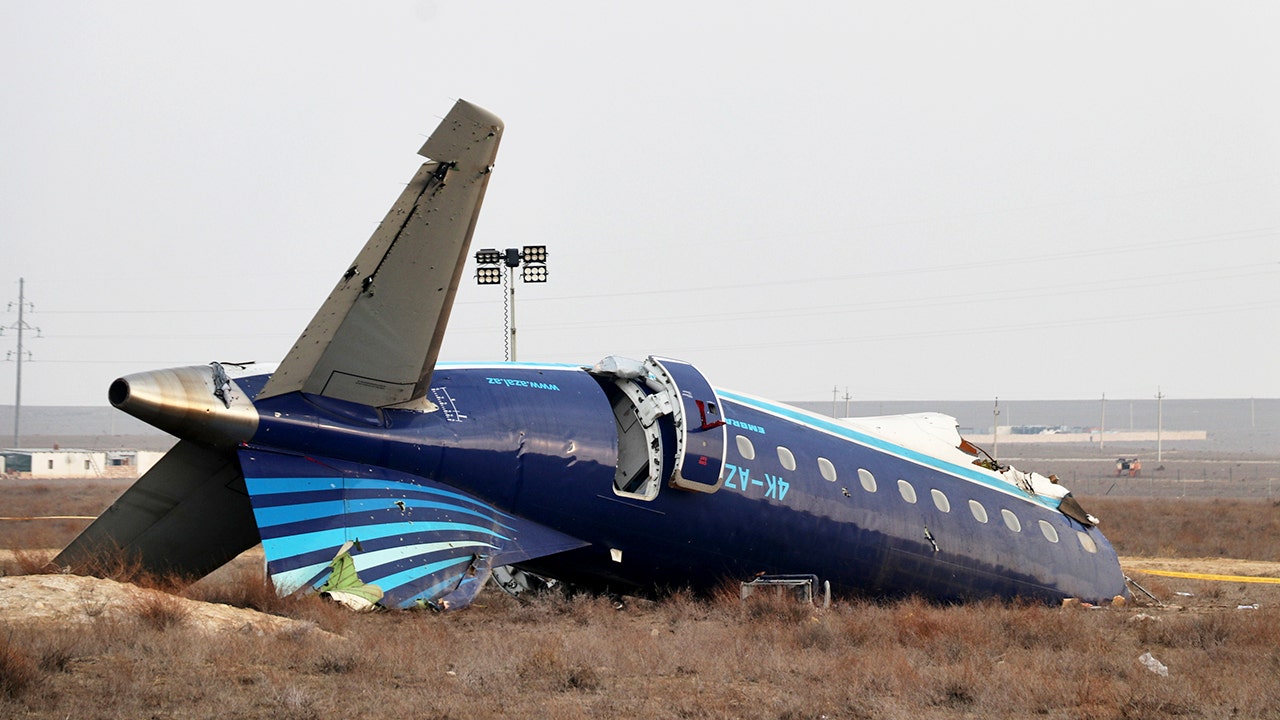
Crew members and survivors of the Azerbaijan Airlines plane that crashed in Kazakhstan on Christmas Day say they heard at least one loud bang before the aircraft crashed in a ball of fire, heightening speculation that a Russian anti-aircraft missile may have been responsible for the tragedy.
It comes as Russian President Vladimir Putin on Saturday apologized to his Azerbaijani counterpart for the “tragic incident” although he fell short of admitting responsibility for the disaster.
The Embraer 190 passenger jet flying from Azerbaijan to Russia crashed near the city of Aktau in Kazakhstan after diverting from an area of southern Russia where Moscow has repeatedly used air defense systems against Ukrainian attack drones. At least 38 people were killed while 29 survived.
Subhonkul Rakhimov, one of the passengers aboard Flight J2-8243, told Reuters from the hospital that he had begun to recite prayers and prepare for the end after hearing a bang.
Evidence collection efforts are underway at the crash site of an Azerbaijan Airlines (AZAL) passenger plane near Aktau, Kazakhstan, on Dec. 27, 2024. (Meiramgul Kussainova/Anadolu via Getty Images)
AZERBAIJAN AIRLINES BLAMES DEADLY PLANE CRASH ON ‘EXTERNAL INTERFERENCE’ AS RUSSIA SPECULATION GROWS
“After the bang…I thought the plane was going to fall apart,” Rakhimov told the outlet. “It was obvious that the plane had been damaged in some way. It was as if it was drunk – not the same plane anymore.”
Surviving passenger Vafa Shabanova said that there were “two explosions in the sky, and an hour and a half later the plane crashed to the ground.”
Another survivor, Jerova Salihat, told Azerbaijani television in an interview in the hospital that “something exploded” near her leg, per the Associated Press.
Flight attendant Aydan Rahimli , meanwhile, said that after one noise, the oxygen masks automatically released. She said that she went to perform first aid on a colleague, Zulfugar Asadov, and then they heard another bang.
Asadov said that the noises sounded like something hitting the plane from outside. Shortly afterward, he sustained a sudden injury like a “deep wound, the arm was lacerated as if someone hit me in the arm with an ax,” he added. He denied a claim from Kazakh officials that an oxygen canister exploded inside the plane.
Asadov said a landing was denied in Grozny due to fog, so the pilot circled, at which point there were bangs outside the aircraft. The aircraft’s two pilots died in the crash.
“The pilot had just lifted the plane up when I heard a bang from the left wing. There were three bangs,” he told Reuters.
Flight J2-8243 had flown hundreds of miles off its scheduled route to crash on the opposite shore of the Caspian Sea.
Video of the crash showed the plane descending rapidly before bursting into flames as it hit the seashore, and thick black smoke then rising, Reuters reported. Bloodied and bruised passengers could be seen stumbling from a piece of the fuselage that had remained intact. Holes could be seen in the plane’s tail section.
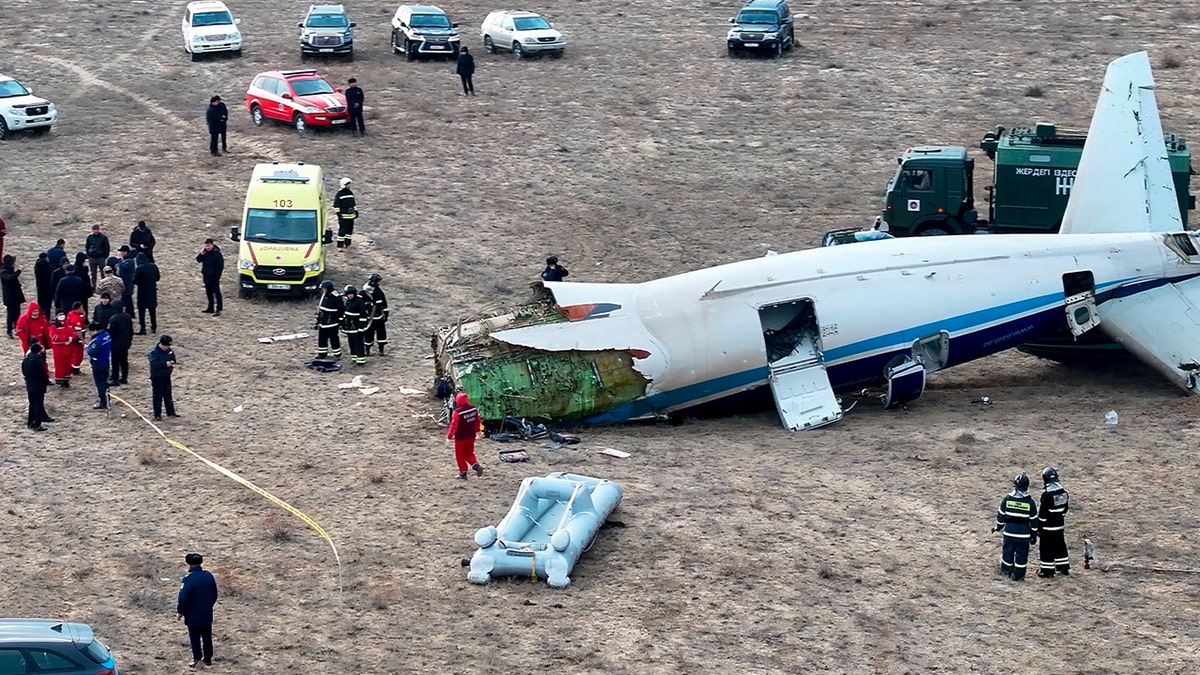
More than 30 are feared dead following the crash near the Kazakhstani city of Aktau. (Azamat Sarsenbayev)
IT’S ‘VERY UNCLEAR’ WHAT HAPPENED IN AZERBAIJAN AIRLINES CRASH, EX-STATE DEPT OFFICIAL SAYS
On Saturday, Putin apologized to Azerbaijani President Ilham Aliyev via a phone call “for the fact that the tragic incident occurred in Russian airspace,” according to a Kremlin readout of the call.
“(President) Vladimir Putin apologized for the tragic incident that occurred in Russian airspace and once again expressed his deep and sincere condolences to the families of the victims and wished a speedy recovery to the injured,” the Kremlin said in a statement.
“At that time, Grozny, Mozdok, and Vladikavkaz were being attacked by Ukrainian unmanned aerial vehicles, and Russian air defense systems repelled these attacks,” the Kremlin said. The Kremlin said the call took place at Putin’s request.
On Friday, White House National Security spokesperson John Kirby told reporters that the U.S. had seen some early indications that “would certainly point to the possibility that this jet was brought down by Russian air defense systems.” He refused to elaborate, citing an ongoing investigation.
Azerbaijani minister Rashad Nabiyev also suggested the plane was hit by a weapon, citing expert analysis and survivor accounts.
Preliminary results of Azerbaijan’s probe into the fatal incident suggest the aircraft was struck by a Russian anti-aircraft missile, or shrapnel from such a missile, individuals briefed on the investigation noted, according to The Wall Street Journal.
A source familiar with Azerbaijan’s probe told Reuters that preliminary results indicated the aircraft was hit by a Russian Pantsir-S air defense system — electronic warfare systems paralyzed communications on the aircraft’s approach to Grozny, the source stated, according to the outlet.
“No one claims that it was done on purpose. However, taking into account the established facts, Baku expects the Russian side to confess to the shooting down of the Azerbaijani aircraft,” the source noted, according to Reuters.
Kremlin spokesman Dmitry Peskov declined to comment on the claims that the plane was hit by Russian air defenses, saying that it will be up to investigators to determine the cause of the crash.
Russia’s aviation watchdog said on Friday the plane had decided to reroute from its original destination in Chechnya amid dense fog and a local alert over Ukrainian drones. The agency said the captain had been offered other airports at which to land, but had chosen Kazakhstan’s Aktau.
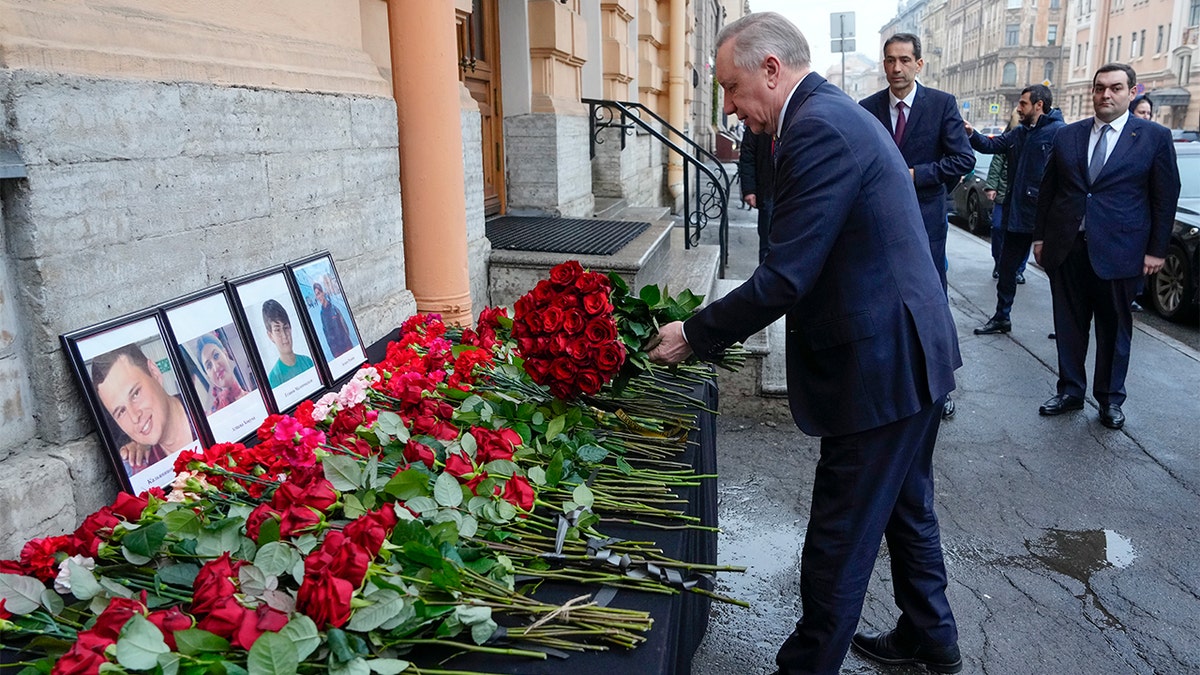
St. Petersburg Governor Alexander Beglov lays a bunch of flowers at the Consulate of Azerbaijan in the memory of victims of the Azerbaijan Airlines’ Embraer 190 that crashed near the Kazakhstan’s airport of Aktau, in St. Petersburg, Russia, on Dec. 26, 2024. (AP Photo/Dmitri Lovetsky)
Meanwhile, Azerbaijan Airlines has suspended flights to eight additional Russian airports after the tragedy.
The airline noted in a post on X that beginning Dec. 28, flights from Baku to eight Russian airports have been suspended. The announcement comes in addition to the prior suspension of flights between Baku and two other Russian airports.
Fox News’ Alex Nitzberg, Pilar Arias, Elizabeth Pritchett, the Associated Press as well as Reuters contributed to this report.
-
/cdn.vox-cdn.com/uploads/chorus_asset/file/24924653/236780_Google_AntiTrust_Trial_Custom_Art_CVirginia__0003_1.png)
/cdn.vox-cdn.com/uploads/chorus_asset/file/24924653/236780_Google_AntiTrust_Trial_Custom_Art_CVirginia__0003_1.png) Technology1 week ago
Technology1 week agoGoogle’s counteroffer to the government trying to break it up is unbundling Android apps
-

 News1 week ago
News1 week agoNovo Nordisk shares tumble as weight-loss drug trial data disappoints
-

 Politics1 week ago
Politics1 week agoIllegal immigrant sexually abused child in the U.S. after being removed from the country five times
-

 Entertainment1 week ago
Entertainment1 week ago'It's a little holiday gift': Inside the Weeknd's free Santa Monica show for his biggest fans
-

 Lifestyle1 week ago
Lifestyle1 week agoThink you can't dance? Get up and try these tips in our comic. We dare you!
-
/cdn.vox-cdn.com/uploads/chorus_asset/file/25672934/Metaphor_Key_Art_Horizontal.png)
/cdn.vox-cdn.com/uploads/chorus_asset/file/25672934/Metaphor_Key_Art_Horizontal.png) Technology4 days ago
Technology4 days agoThere’s a reason Metaphor: ReFantanzio’s battle music sounds as cool as it does
-

 News5 days ago
News5 days agoFrance’s new premier selects Eric Lombard as finance minister
-

 Business3 days ago
Business3 days agoOn a quest for global domination, Chinese EV makers are upending Thailand's auto industry
